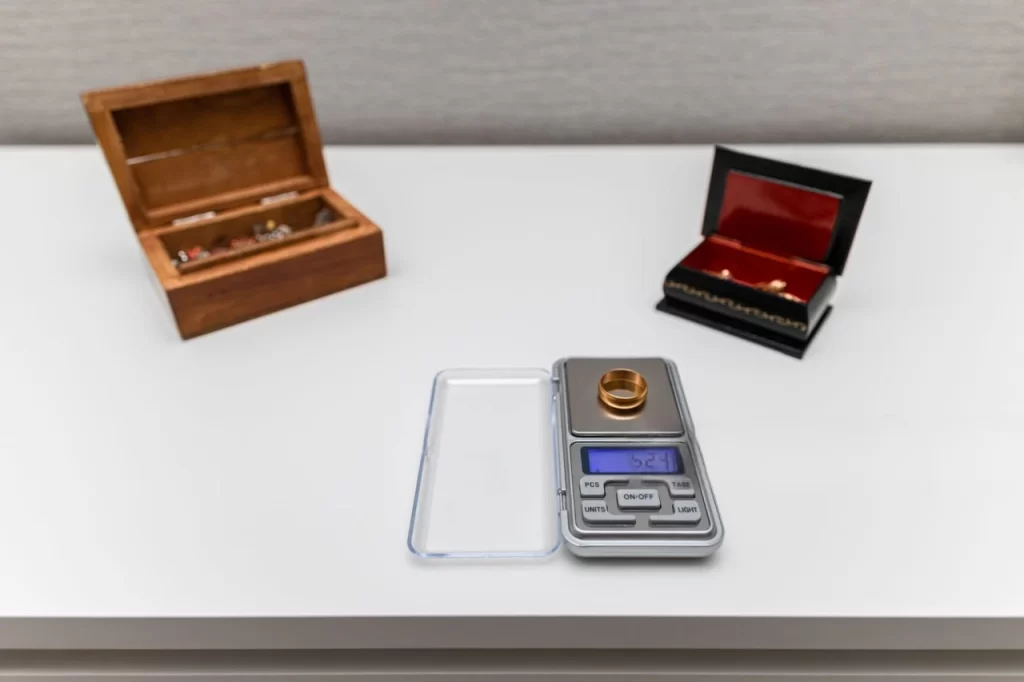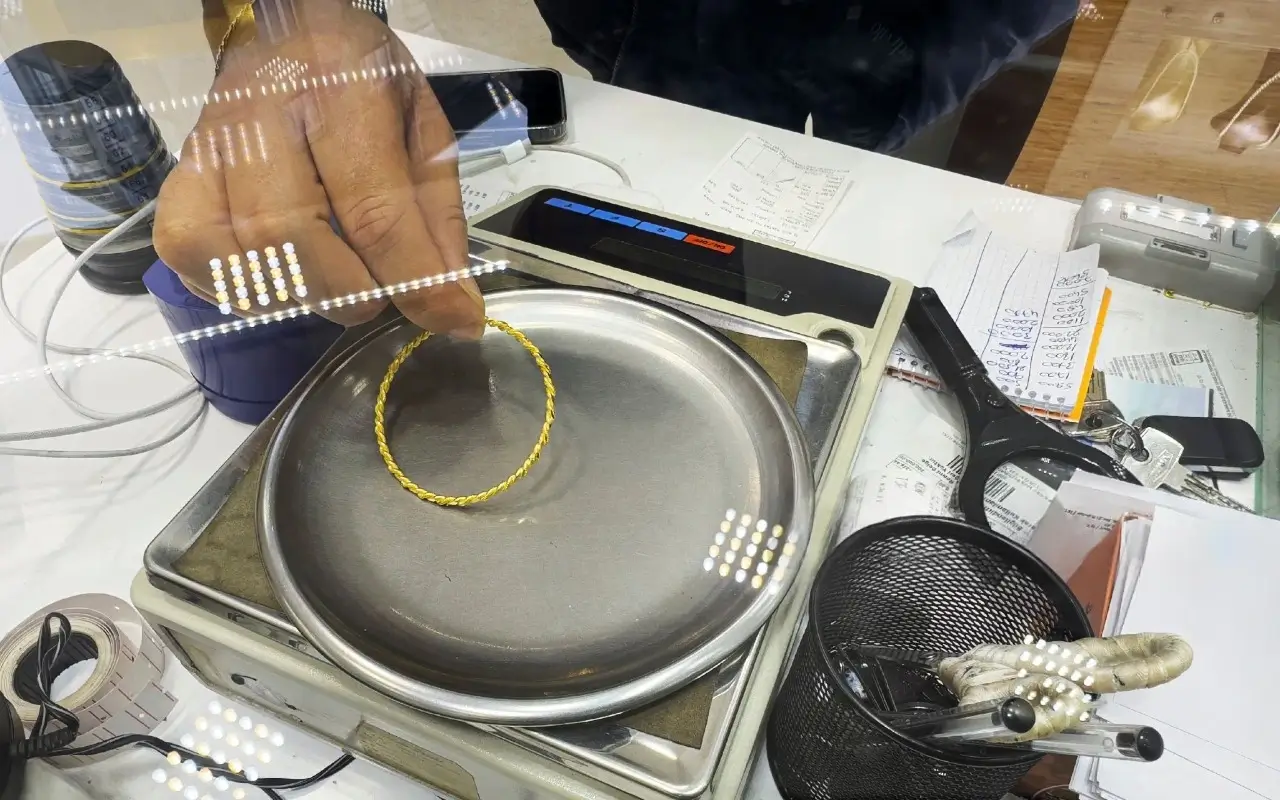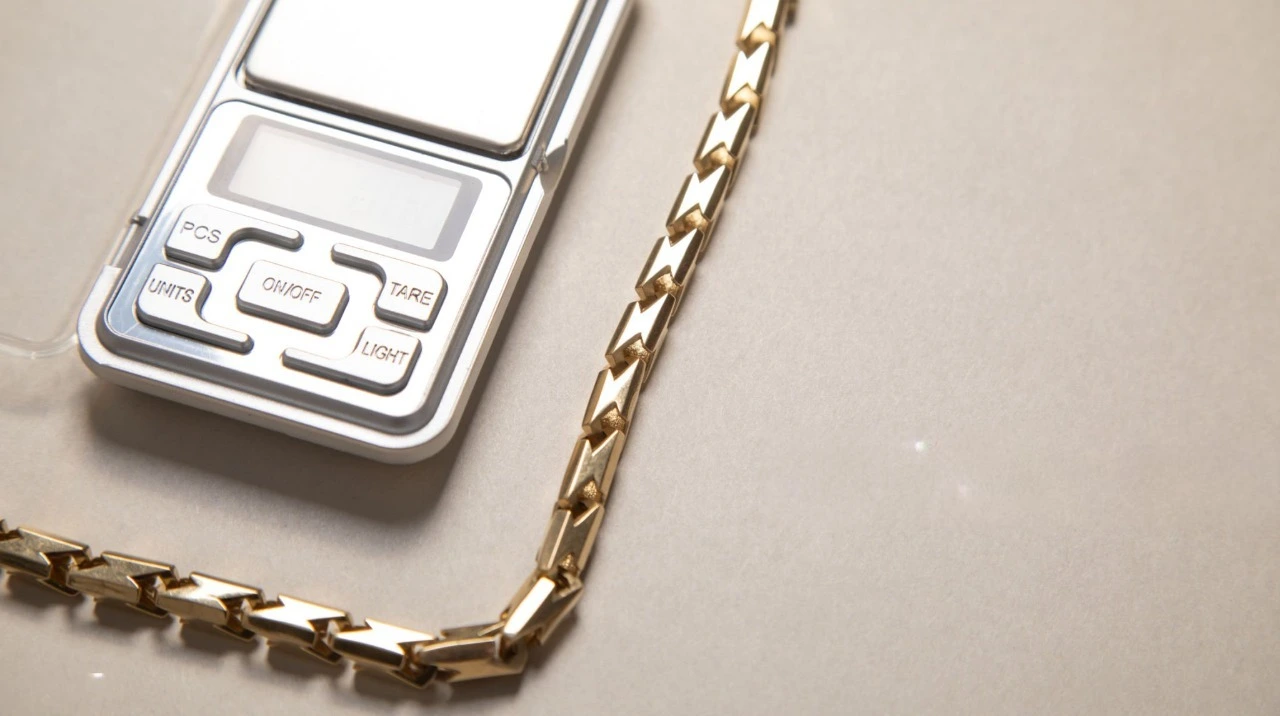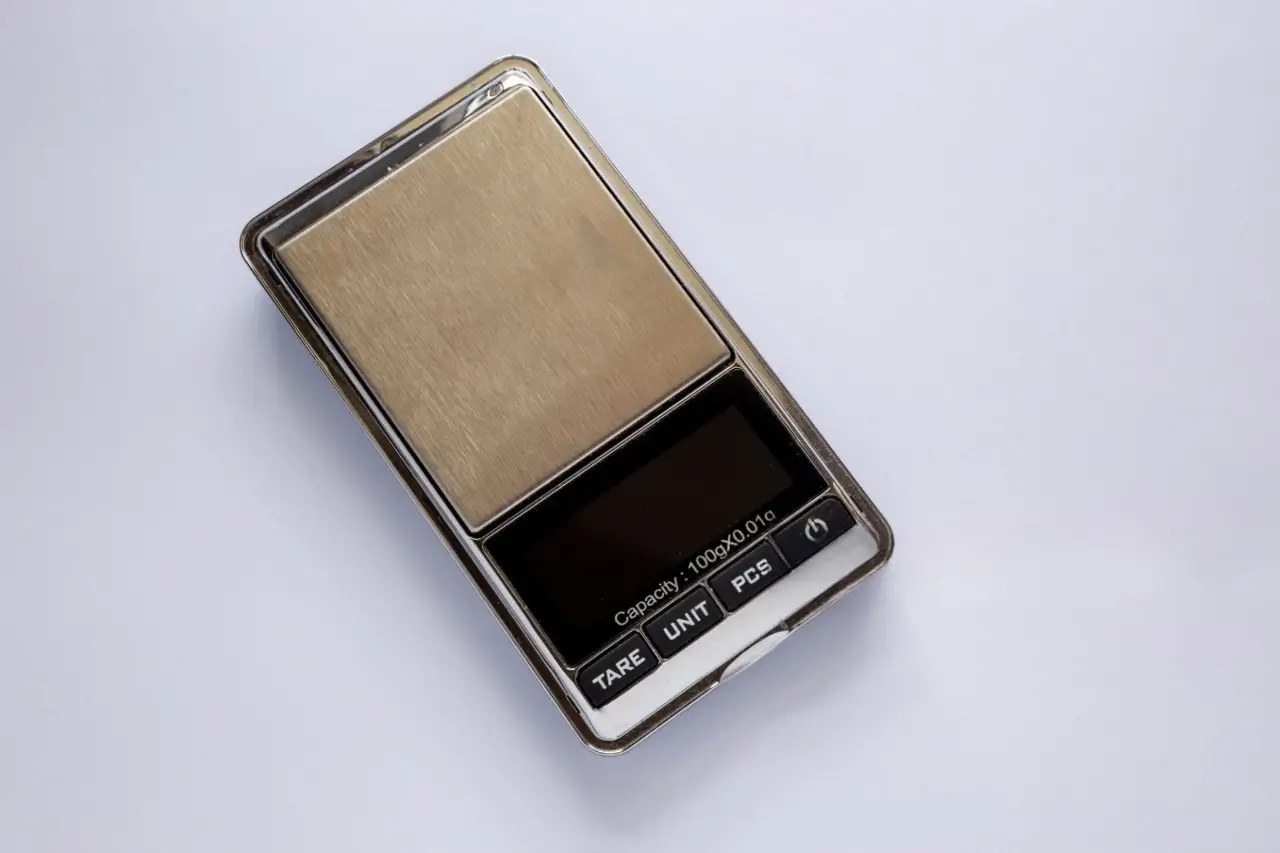In the delicate world of jewelry, precision is everything. Whether it’s the faint sparkle of a diamond or the subtle heft of gold, every fraction of a gram can dramatically affect value and design. Jewelry scales are more than just weighing tools—they’re critical for jewelers, appraisers, and enthusiasts working with precious materials. But how accurate are these scales, really? And what ensures the most precise measurements possible?
Understanding a jewelry scale’s accuracy is about more than numbers; it’s about trust, value, and the integrity of your craft or investment. Whether you’re buying scrap gold, appraising a gemstone, or crafting a custom piece, reliable measurements underpin fair dealings and successful outcomes.

The Nuance of Accuracy: No Measurement Is Perfect
In metrology, no measurement is ever 100% accurate. Every scale, no matter how advanced or costly, carries a small degree of uncertainty. This isn’t a flaw—it’s just the nature of physical measurement. Think of it as a tiny margin of error that’s always present.
Understanding the “Plus or Minus”
When a scale claims accuracy to ±0.01g, it means that, under ideal conditions and after proper calibration, the true weight could be 0.01 grams above or below the displayed reading. For example, a 10.00g reading might reflect an actual weight between 9.99g and 10.01g. A highly precise scale with ±0.001g accuracy narrows this range, so a 10.000g reading means the true weight falls between 9.999g and 10.001g.
What Does “Accurate Enough” Mean for Jewelry Scales?
Perfect accuracy may be a theoretical dream, but reliable precision is entirely achievable and sufficient for jewelry work. The goal isn’t chasing perfection but minimizing uncertainty to a level that’s negligible for your needs and fair for commerce.
For most jewelry tasks:
- General items, scrap metal, or larger gemstones: A quality digital scale with 0.01g readability and ±0.01g accuracy is usually sufficient. Minor variations at this level won’t significantly affect the value of items weighing several grams or more.
- Small diamonds, fine gold dust, or precise chemical mixing: You’ll need a scale with 0.001g (milligram) readability and ±0.001g accuracy. Analytical balances, with precision down to ±0.0001g (0.1mg), are essential when every fraction of a milligram counts.
Choosing a scale with precision tailored to your task is key. You wouldn’t use a kitchen scale to weigh a 0.01-carat diamond, just as you wouldn’t need an analytical balance for a kilo of silver. By understanding a scale’s limits and picking the right tool, you can achieve measurements that are reliable, commercially viable, and professionally sound.
What Impacts Jewelry Scale Accuracy?
Accurate measurements depend on the scale’s design, its environment, and how you use it. Here’s what influences performance.
Scale Type and Inherent Accuracy
Not all scales are created equal. The type of jewelry scale directly affects its precision:
- Digital Scales: The most common choice for jewelry, these use load cell technology to convert weight into a digital reading. Accuracy varies by quality, from pocket scales (0.01g) to laboratory-grade balances (0.001g or 0.0001g).
- Analytical Balances: The gold standard for precision, these offer readability down to 0.0001g (0.1mg) and often include draft shields to block environmental interference.
- Precision Balances: A step below analytical balances, these provide high accuracy (e.g., 0.001g) and larger capacities, ideal for diverse jewelry tasks.
- Mechanical Scales: Less common today, these rely on calibrated weights and a beam system. They’re generally less precise for the tiny measurements jewelry requires.
Capacity and Readability: Core Specifications
Two specs define a scale’s precision:
- Readability (Resolution): The smallest increment a scale can display. A 0.01g readability shows weights to two decimal places (e.g., 5.23g), while 0.001g shows three (e.g., 5.234g). Higher readability means greater precision for small weights.
- Capacity: The maximum weight a scale can handle. Scales with larger capacities (e.g., 500g or 1kg) may have lower readability for tiny items compared to those designed for smaller weights (e.g., 50g). Match capacity and readability to your typical items.
Environmental Factors: Hidden Influences
Even the best scale can falter in the wrong setting:
- Temperature and Humidity: Fluctuations can affect electronic components and load cells, causing reading drift.
- Drafts and Air Currents: A slight breeze can skew results, especially on scales with 0.001g or finer readability. Draft shields help counter this.
- Vibrations: A shaky table or nearby foot traffic can disrupt delicate balance mechanisms.
- Electromagnetic Interference: Strong magnetic fields from nearby devices may interfere with scale electronics.
Calibration: The Key to Consistency
Think of calibration as tuning a musical instrument. Even top-tier scales drift over time due to wear, temperature shifts, or regular use.
- What is Calibration? It’s adjusting the scale against a certified weight standard to ensure accurate readings across its range, not just zeroing it out.
- Why It Matters: Without regular calibration using certified weights, readings become less reliable. For high-stakes tasks, daily calibration may be necessary; for casual use, weekly or monthly is often enough.
User Error: The Human Element
Even a perfect scale in an ideal environment can be undermined by human mistakes:
- Improper Placement: Off-center items lead to inaccurate readings. Always place items in the pan’s center.
- Forgetting to Tare: Failing to zero the scale before weighing or after adding a container skews results.
- Rough Handling: Dropping or bumping items can cause the scale to “bounce” or damage its components.
- Overloading: Exceeding the scale’s capacity can harm its load cell, permanently reducing accuracy.
How to Ensure and Improve Jewelry Scale Accuracy
Reliable measurements require careful scale selection and consistent practices.
Choosing the Right Scale
Start by picking a scale suited to your needs:
- General Jewelry: A digital scale with 0.01g readability and a 100g–500g capacity works well.
- High-Value Gemstones or Small Gold Amounts: Choose a scale with 0.001g readability and a 20g–50g capacity. Analytical balances are best for ultra-precise tasks like weighing tiny diamonds or powders.
- Useful Features: Look for a backlight, multiple weighing units (grams, carats, ounces), and a draft shield for high-precision needs.
Proper Setup and Environment
Your scale’s location is critical:
- Stable Surface: Use a solid, level table free from vibrations.
- Avoid Drafts and Sunlight: Keep the scale away from windows, vents, or open doors.
- Stable Temperature: Operate in a room with consistent temperatures to minimize thermal effects.
- Cleanliness: Keep the weighing pan and area dust-free, as debris can skew readings.
Regular Calibration
Calibration is non-negotiable for accuracy:
- Use Certified Weights: Invest in NIST-traceable calibration weights that match your scale’s recommended points. Avoid using random objects.
- Follow the Manual: Each scale has a specific calibration process—stick to it.
- Calibrate Often: For professional use, calibrate daily or before critical measurements. For occasional use, weekly or monthly is fine.
Tips for Accurate Weighing
Small habits make a big difference:
- Warm-Up Time: Let digital scales stabilize for a few minutes after powering on.
- Always Tare: Zero the scale before weighing or after adding a container.
- Use a Draft Shield: If your scale lacks one, a makeshift shield (like a cardboard box) helps for precise measurements.
- Handle Gently: Place items carefully in the pan’s center to avoid bouncing or damage.
- Minimize Movement: Stay still and don’t lean on the scale’s surface during measurement.
- Check Batteries: For battery-powered scales, replace low batteries to maintain performance.
When Accuracy Really Matters
Jewelry scale accuracy isn’t just technical—it has real financial and professional stakes:
- Buying and Selling Precious Metals: A tiny error in weighing gold, silver, or platinum can lead to significant financial loss or gain. Accurate scales ensure fair deals.
- Gemstone Appraisal: A gem’s weight in carats drives its value. Inaccurate scales can skew appraisals, affecting insurance or resale.
- Jewelry Crafting: Precise measurements ensure consistent alloys, solders, and components, reducing waste and maintaining quality.
- Inventory Management: Accurate weighing tracks precious metal stock, preventing loss and aiding cost control.
- Quality Control: Scales verify the weight of finished pieces, ensuring they meet design and quality standards.
Conclusion
Jewelry scales are vital tools that connect material to value. Their accuracy isn’t a luxury—it’s a necessity for anyone in the jewelry world. While a scale’s design sets its potential, consistent accuracy comes from smart selection, a controlled environment, regular calibration, and careful use.
By understanding what affects accuracy and adopting best practices, you can trust your measurements, leading to confident transactions, better craftsmanship, and a stronger operation. Invest in accuracy, and you invest in your success.




